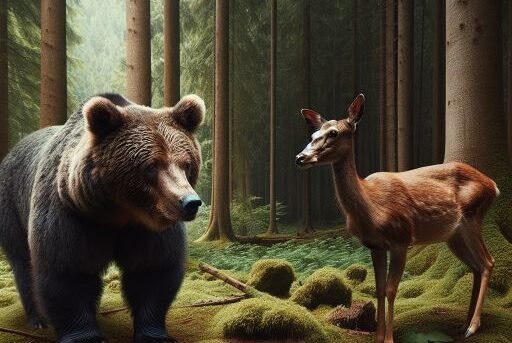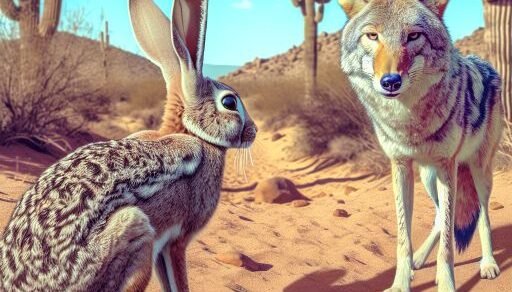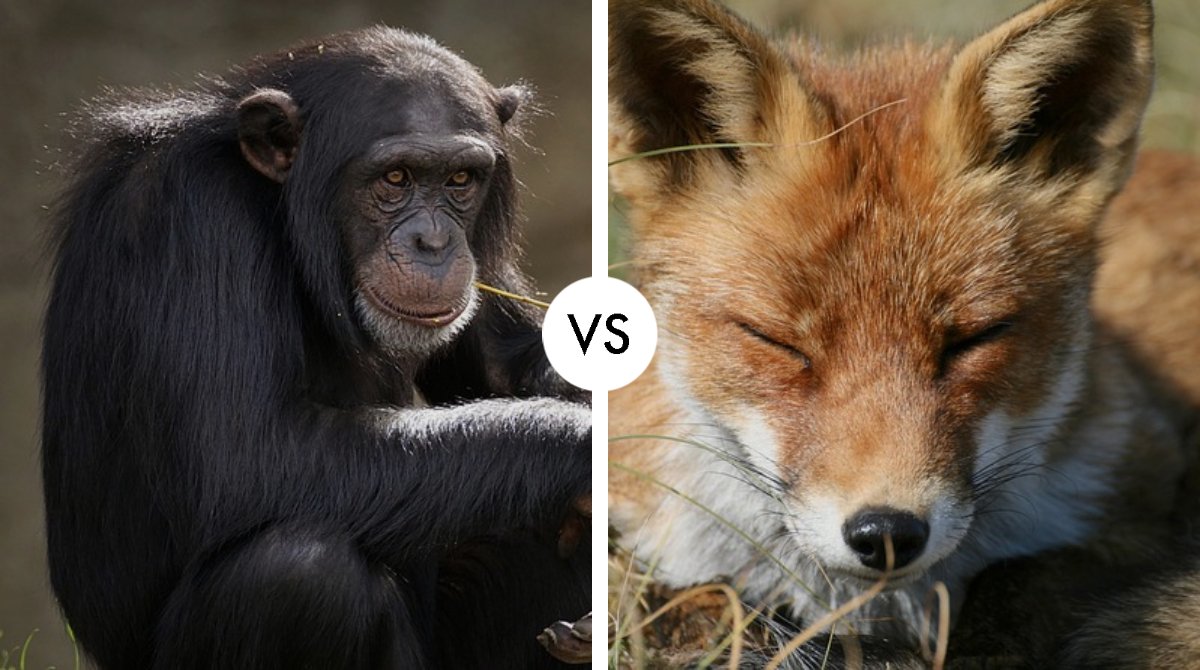Location and Habitat
Deer are highly adaptable creatures found in various habitats, including forests, grasslands, and even arid scrublands. They are predominantly located in North America, Europe, Asia, and parts of South America, thriving in areas that offer abundant vegetation for grazing and wooded cover for protection. Deer are known for their ability to adapt to different environmental conditions, which has enabled them to inhabit a diverse range of ecosystems.
Bears, on the other hand, occupy a wide range of habitats, from the dense forests of North America and Europe to the icy landscapes of the Arctic and the mountainous regions of Asia. Species like the American black bear are often found in forested areas rich in food resources such as fruits, nuts, and small mammals, whereas polar bears are primarily located in the Arctic circle, relying on sea ice platforms to hunt seals. Each bear species has adapted uniquely to its specific environment, showcasing remarkable versatility in habitat preference.
Deer vs. Bear Comparison
| Animal | Size and Weight | Ability to Finish Opponent | Weaponry |
|---|---|---|---|
| Deer | Varies by species; typically 70 to 250 kg (150 to 550 lbs) | Low; primarily a prey animal with limited defensive capabilities | Antlers (males), speed, agility |
| Bear | Varies by species; typically 100 to 600 kg (220 to 1320 lbs) | High; apex predator with strong offensive capabilities | Powerful jaws, sharp claws, immense strength |
Hunting and Skills
Deer are primarily herbivores, feeding on a variety of vegetation including grasses, leaves, and shoots, which makes them prey rather than predators. They rely on their acute senses and agility to detect and escape from predators, often using speed and stealth to evade threats. Common predators of deer include wolves, bears, and mountain lions. In contrast, bears are versatile omnivores, with diets that can include fish, mammals, insects, and a significant amount of plant material depending on the species and available resources. Bears typically hunt using their strong sense of smell to locate food, and they can be both stalk-and-ambush predators for larger prey and active foragers for smaller food items like insects or roots. They are known to prey on deer, especially fawns, as well as fish like salmon, particularly in areas where these species spawn. Bears defend themselves with their size, strength, and formidable claws and teeth, making them one of the apex predators in their habitats.
Deer vs. Bear Who Would Win?
The bear charges at the deer, using its size and strength. The deer attempts to dodge and escape, using its speed and agility. The bear catches the deer with its powerful paws and sharp claws, overpowering it. The bear wins with a 90% chance of victory.




